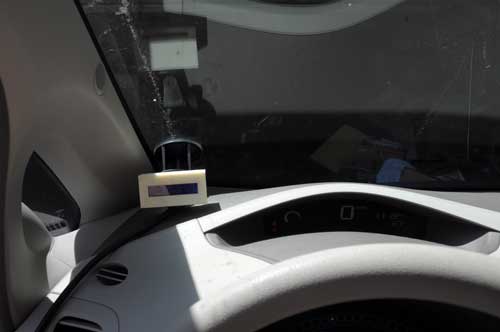lincomatic
Well-known member
- Joined
- Jun 10, 2011
- Messages
- 316
LEAFer said:Having used the LeafCAN for the first time (and QC for the first time and second thru ninth time (!) ) while doing the Oregon BC2BC Return) ... (thanks, BTW !) ... I'd like to add my vote: keep it as is.
Counting Nissan's SOC bars while driving -- unless it's 11-12 or 1-3 -- is distracting; one look at the LeafCAN ... and it tells me digitally.
The SOC% and GID# and Amps completes the info I need. Although # of Temp bars might be good too (same problem counting them as GOM bars). (Actual temp would be better ... I know ... defer to Ingineer.)
Sorry, I didn't mean a graphic display. I agree with you about counting bars.. it's distractiing, which is why LeafCAN currently displays the fuel bars as a number. This new "fuel bars" display would also be digital, and would just replace the current display of GOM fuel bars.

